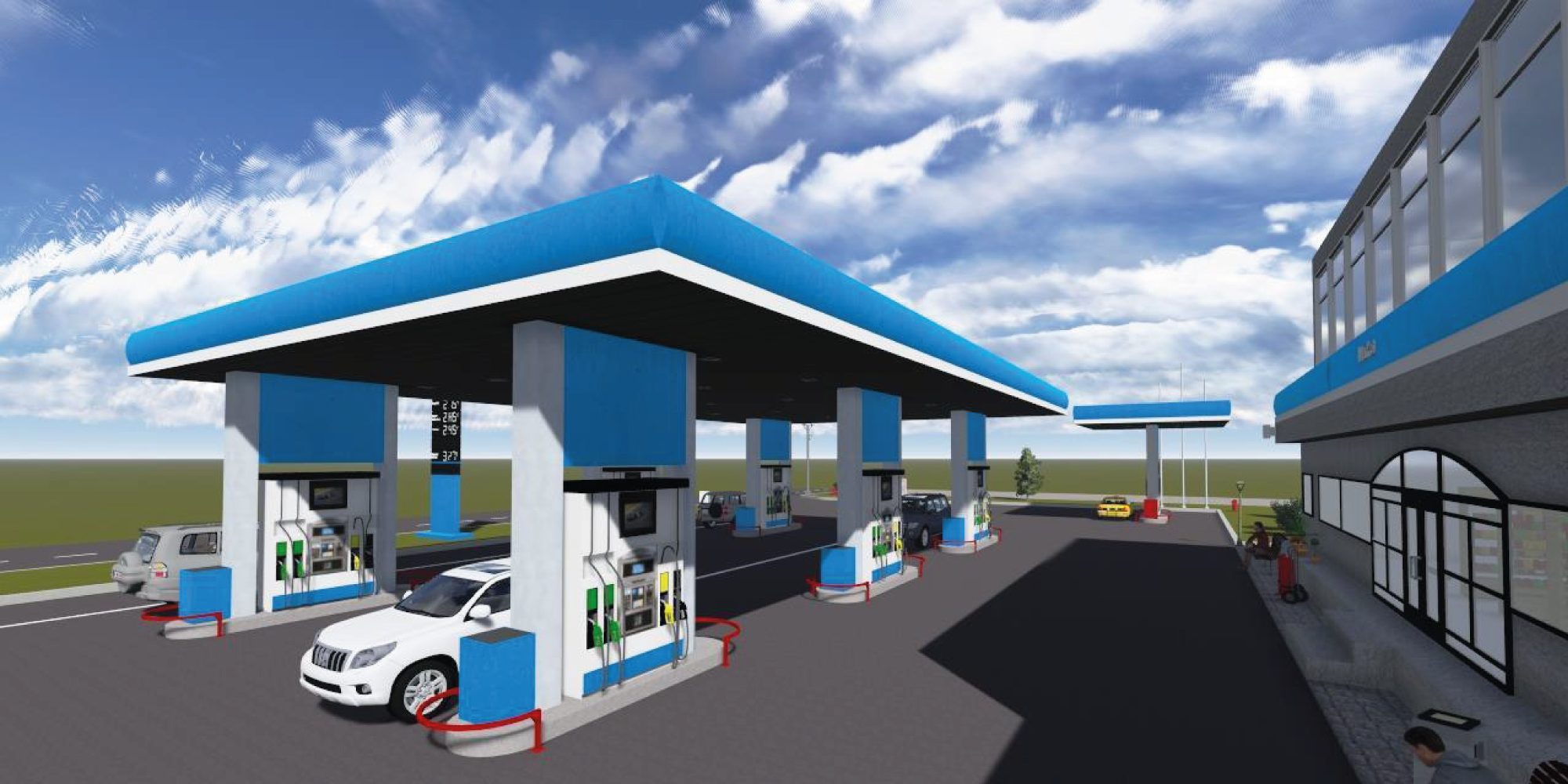Halfway house Reintegration, Support & Recovery
All types of residences and occupancy numbers can be found at this level, depending on the program. Average stays vary from several weeks to several months, depending on the acuity of the individual. Emphasis is placed on equipping the individual for the next phase of recovery, be that another residential level, or independent living. This type of recovery residence provides peer-based services plus life skills and clinical programming.
Every year, tens of thousands spend time in halfway houses

Federal RRC residents3 are generally subject to two stages of confinement within the facility that lead to a final period of home confinement. First, they are restricted to the facility with the exception of work, religious activities, approved recreation, program requirements, or emergencies. A team of staff at the RRC determines whether an individual is “appropriate“4 to move to the second, less restrictive component of RRC residency. Even in this second “pre-release” stage, individuals must make a detailed itinerary every day, subject to RRC staff approval. Not only are residents’ schedules surveilled, their travel routes are subject to review as well.
- During that turbulent decade, when virtually every governmental institution and traditional practice in America was being challenged, corrections turned to the philosophy of reintegration.
- Residents are responsible for keeping one another in check so that they won’t face these consequences.
- At halfway houses, there is a zero-tolerance policy regarding drugs and alcohol.
Table of Contents
Also like other sober-living environments, halfway houses generally have systems in place to keep residents sober, and drugs tests are usually administered to monitor for any substance use. They also often come with additional mental health, medical, recovery or educational services that help people get accustomed to their new lives. Unlike halfway houses or sober living homes, drug rehab provides active, on-site treatment for substance use disorders from the earliest stages of addiction treatment. Some houses may provide clinical services like grief counseling, others may employ social workers or mental health professionals. Depending on the halfway house, a facility’s personnel may consist of house managers, licensed medical and mental health specialists, or peer support.
In This Article Expand or collapse the “in this article” section Halfway Houses
- All visitors are required to be sober and must have a presentable appearance.
- While their success rates are measurable, their benefits to both individuals and societies are countless.
- The visitor’s absence may be upsetting and may cause triggers the resident if they were looking forward to seeing their family or friend, and they failed to show up.
- While it’s natural to struggle a bit when first tasked with a new set of responsibilities, residents may ask for help from their peers if they cannot complete the cleaning tasks by themselves.
Board members often provided access to recreational, religious, medical, vocational, and transportation services, as well as assistance with obtaining gainful employment. Since sober living typically follows addiction treatment, https://thecoloradodigest.com/top-5-advantages-of-staying-in-a-sober-living-house/ getting a referral from the treatment provider is recommended. Other referral sources may include the criminal justice system, a mental health professional, Twelve Step meeting participants, or friends and family.
If you still haven’t been able to get recommendations, do a quick Google search to read reviews and find halfway houses in your area. All visitors need to be at least 18 years old and show proper identification. Minors are permitted to visit the halfway house as long as they are accompanied by an adult Sober House (either a parent or a guardian). While halfway houses are utilized in the criminal justice system, they are not only for former prisoners. You can also speak with your doctor or healthcare professional for referrals to nearby addiction treatment providers and support services for addiction treatment.


 Rəsmi Saytı 202 Our Lady Of The Pillar College Cauayan – 688
Rəsmi Saytı 202 Our Lady Of The Pillar College Cauayan – 688